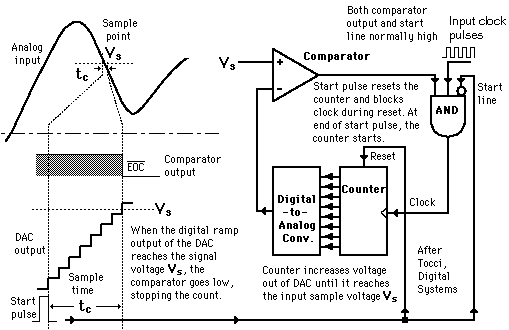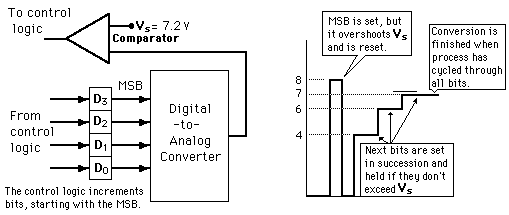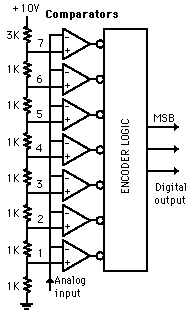Objective:
1) To know the definition of sensors
2) To know the type of sensors
3) To know the application of sensors
Methods:
1) By making research in the internet
Definition
A device that detects and responds to some type of input from the physical environment. A sensor is a type of transducer. Sensors may provide various types of output but typically use electrical or optical signals. The specific input could be light, heat, motion, moisture, pressure, or any one of a great number of other environmental phenomena. The output is generally a signal that is converted to human-readable display at the sensor location or transmitted electronically over a network for reading or further processing.
Criteria to choose a sensor
There are certain features which have to be considered when we choose a sensor. These are the following criteria:
a) High sensitivity: Sensitivity indicates how much the output of the device changes with unit change in input which means the quantity to be measured. For example the voltage of a temperature sensor changes by 1mV for every 1⁰C change in temperature than the sensitivity of the sensor is said to be 1mV/⁰C.
b) Environmental condition: It usually has limits for temperature or humidity.
c) Linearity: The output should change linearly with the input.
d) High resolution: The smallest change in the input that the device can detect.
e) Less noise and disturbance.
f) Less power consumption.
g) Range: The measurement limit of sensor
h) Calibration: It is essential for most of the measuring devices as the readings changes with time.
i) Cost
j) Repeatability: The reading that varies is repeatedly measured under the same environment.
Type and Application of sensors
Sensors are classified based on the nature of quantity they measure. These are the types of sensors with few examples:
a) Acoustic and Sound Sensor. Example: microphone, hydrophone
b) Temperature Sensor. For instance, in a mercury-based glass thermometer, the input is temperature. The liquid contained expands and contracts in response. It cause the level to be higher or lower on the marked gauge which is human-readable.
c) Oxygen Sensor. For instance, an oxygen sensor in a car's emission control system detects the gasoline or oxygen ratio. It is usually through a chemical reaction that generates a voltage. A computer in the engine reads the voltage and if the mixture is not optimal, the read just balance.
d) Photo Sensor. It detects the presence of visible light, infrared transmission (IR) and ultraviolet (UV) energy.
e) Automotive Sensor. Example: Speedometer, radar gun
f) Chemical Sensor. Example: PH sensor which is a sensor that detect the presence of different gases or liquids.
g) Electric and Magnetic Sensor. Example: galvanometer, Hall sensor which is used to measure flux density, metal detector.
h) Environmental Sensor. Example: rain gauge, snow gauge, moisture sensor.
i) Optical Sensor. Example: photodiode, phototransistor, wave front sensor.
j) Mechanical Sensor. Example: strain gauge, potentiometer which is use to measure displacement.
 |
Type and Application of sensors
Conclusion:
This week I am going to explain about sensors. There are many type of sensors nowadays and the sensor is some kind an input from the physical environment such as temperature, humidity, light intensity, blood pressure, speed and many more. After I had done this research about the sensors, so I can choose which type of sensor that is suitable for my project. The sensor that I had chose will connected to the ADC as the ADC can convert analog signal which is the physical quantity measurement into digital signal or the measurement from the analog signal can be read after the signal conversion is done.





